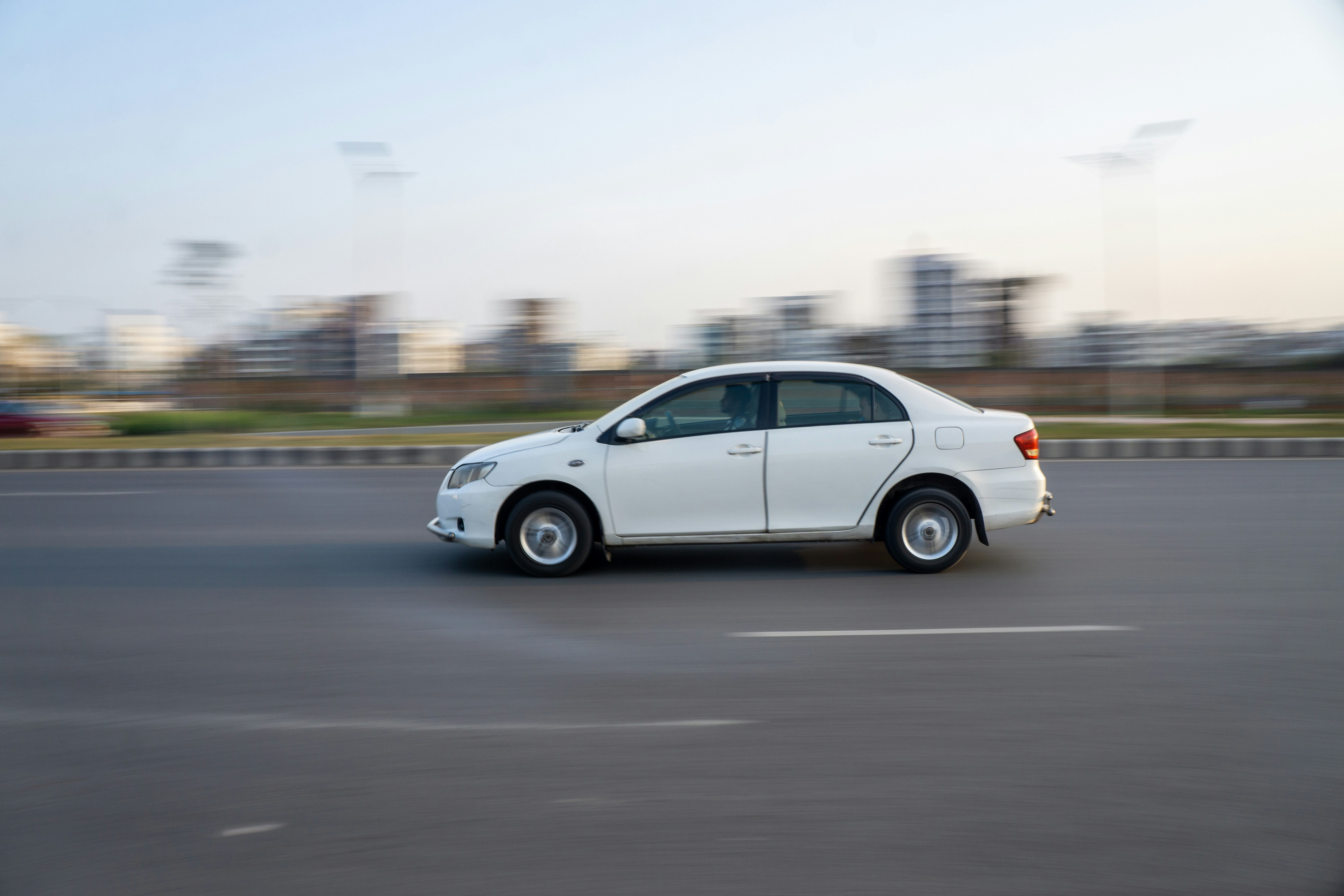Artificial intelligence informed automation is reshaping the way organisations manage fleets and train drivers. Predictive maintenance, fuel initiatives, and route optimisation are helping organisations reduced the cost of driving.
It’s important that we make use of these technology gains; however, AI is still insufficient to drive our vehicles. And, until it is, Boards have to manage the risks in a hybrid world of both semi-autonomous vehicles and human drivers.
AI support, not replacement
Lane assist, intelligent cruise control and AI informed driver warnings, all of which support safe driving, are now preventing drivers suffering from risks that are largely out of their control. Organisations refreshing their fleets should be insisting on these safety features, which are often standard on new vehicles.
Whilst these features offer significant benefit, they do not (yet) replace the core human skills of safe driving. Under New Zealand’s Health and Safety at Work Act 2015, Directors have to ensure health and safety risks are properly managed. This means risks need to be identified, mitigated, and monitored. It also means there needs to be a casual link between the mitigation and the risk. In other words, Boards need to show reasoning as to why they think the mitigating activity will reduce either the likelihood or the impact of a risk occurring.
Strengthening risk governance
To achieve this in an AI supported driving workforce, Boards can take the following two-step approach:
1. What is their driver risk profile?
The first step is to understand the specific driving risk. Is it urban or country, long haul or short stops, are passengers involved, are drivers under a tight schedule? These, and many other factors, introduce different risk factors into the driving activity and are all candidates for technology to reduce risk.
2. How does the technology reduce the risk of driving across that profile?
AI and automation can be utilised to reduce these risk factors introduced by the vehicle, the environment and the driver. The vehicle improvements we have already touched on, and help to reduce many risks, especially those found in urban environments or on motorways, but less so in rural settings. Systematic improvements can also be used to target on-road risks by routing the driver from congested areas at rush hour or adjusting schedules in real-time, so that the driver isn’t rushed.
The remaining factor is the driver and there are two types of technologies that come into play here: real time driver cameras that prompt a driver when they are distracted or drowsy, and online coaching which uses a blend of psychology and technology to change behaviour, rather than simply inform the driver of road rules.
Reduce the risk of driving
Technological advances in vehicles significantly reduce the risk of driving, but Boards need to also take a systems-thinking approach to the environment and the driver themselves in order to fully mitigate the risk factors that make driving one of the most dangerous activities an organisation undertakes.
About the author
Craig Cockerton is Chief Operating Officer of Fleetcoach.





